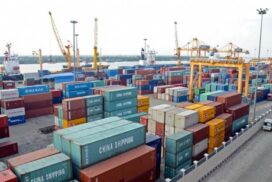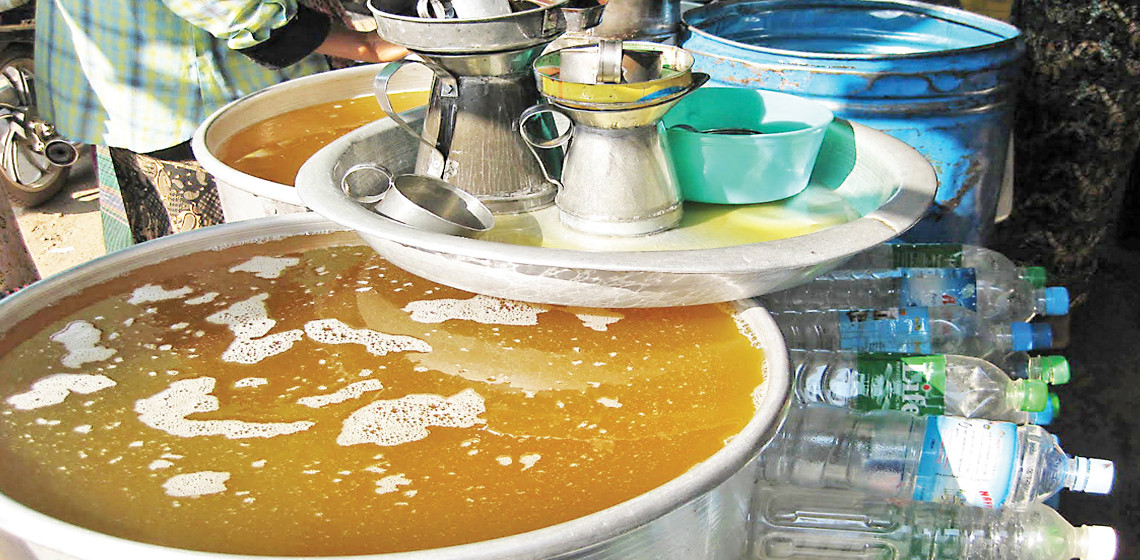Myanmar’s trade gap has significantly narrowed to US$166.7 million between 1 October and 4 June of the current financial year 2020-2021 from just $1.24 billion registered in the corresponding period of the 2019-2020FY, according to data provided by the Ministry of Commerce.
The trade deficit is attributed to the drastic drop in imports this year. Between 1 October and 4 June in the current FY, Myanmar’s external trade drastically plunged to $16.7 billion, up from $20.46 billion recorded in the year-ago period.
While exports were estimated at $10.14 billion, imports were valued relatively high at $10.3 billion this FY. Compared to the FY 2019-2020, exports showed a drop of over $2.2 billion, while imports fell by $3.39 billion.
Myanmar witnessed a slump in exports and imports triggered by the coronavirus impacts. Both maritime and border trade routes dropped amid the coronavirus impacts and political changes. The neighbouring countries tightened the border security and restricted the trading in certain border areas. For maritime trade, disruption in logistic sector, spikes in container rates and banking restriction dragged down the trade. Myanmar exports agricultural products, animal products, minerals, forest products, and finished industrial goods, while it imports capital goods, raw industrial materials, and consumer goods.
The country’s export sector relies much on the agricultural and manufacturing sectors. The Ministry of Commerce is trying to reduce the trade deficit by screening luxury import items and boosting exports. The country mainly imports essential goods, construction materials, capital goods, hygienic materials and supporting products for export promotion and the import substitution.
Myanmar’s trade deficit was pegged at $1.3 billion in the 2019-2020 FY, $1.14 billion in the 2018-2019 FY, $1.3 billion in the previous mini-budget period (April-September, 2018), $3.9 billion in the 2017-2018 FY, $5.3 billion in the 2016-2017 FY, and $5.4 billion in the 2015-2016 FY, according to the statistics released by the Central Statistical Organization.—MM/GNLM
Trade deficit shrinks to $166.7 mln during over eight months
- June 20, 2021
- 509















